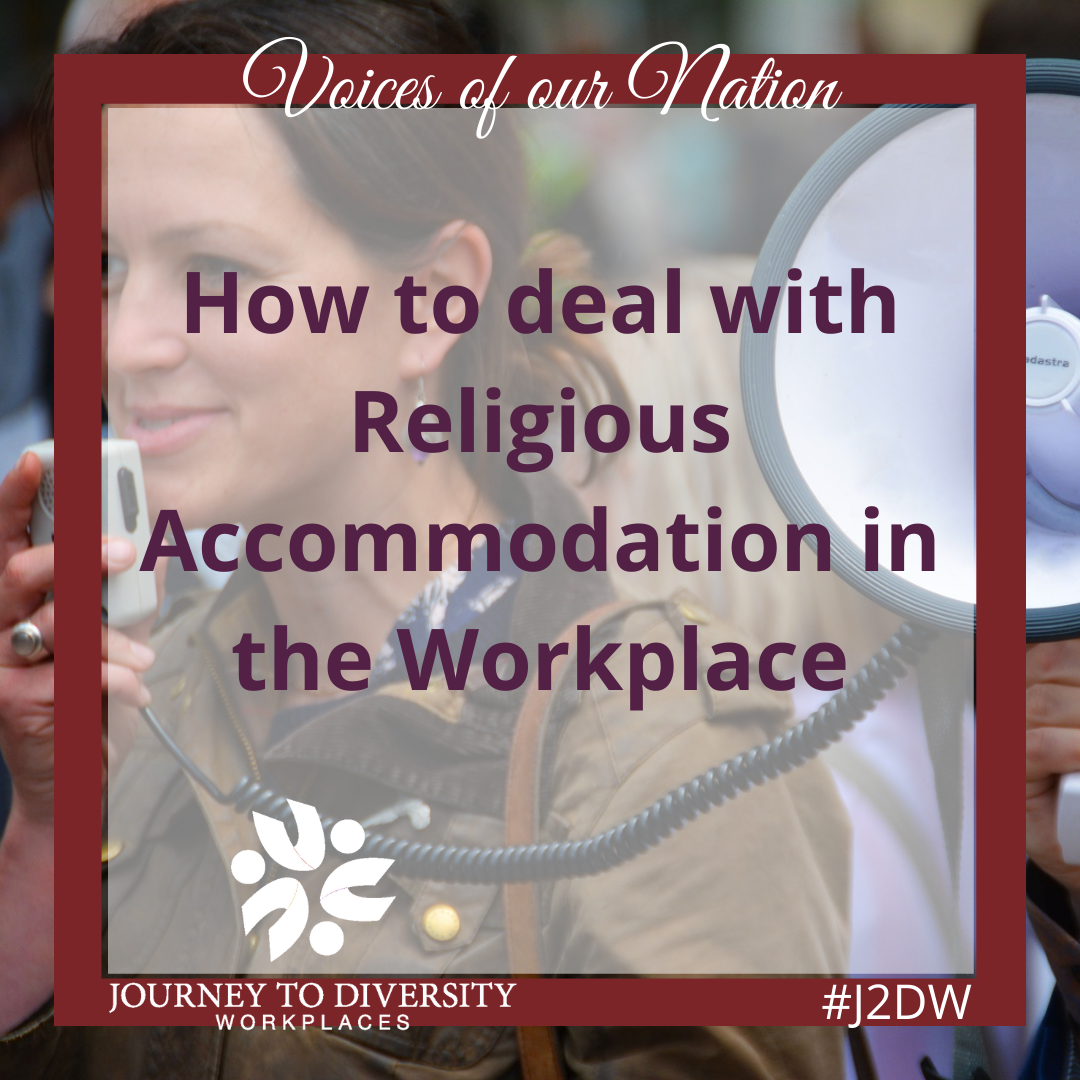Academia is already daunting on its own, but when you factor in ableism, the conversation often comes to a halt. Many individuals of authority are afraid of uncomfortable discussions, the ones that spill over into unventured topics, and, likely, the same ones they are not educated enough upon. The hesitancy to tackle subjects like ableism, Indigenous rights, antisemitism, racism, and most other ‘isms’ you can name, gives permission to the world to continue as it were and suppresses the needs, concerns, and valid criticism of those willing to take a stand.
Tag: Workplace accomodation
The facts about workplace wellness programs
As much as a business is a vehicle for profit, it is capable of being a force for good. Workplace wellness programs help businesses by improving the physical and mental health of their employees. This aims to give back to the business by increasing the capability of their staff to perform, and reducing expenses for health care coverage. In a 2014 U.S. study, workplace wellness programs were divided into the following categories, from most to least frequent: Nutrition/Weight Management, Smoking Cessation, Fitness, Alcohol and Drug Abuse, Stress Management, Health Education, and Other. Many businesses use financial or social incentives to help motivate staff to participate.
Workplace stress influences behaviours like productivity, staff turnover, employee satisfaction, and absenteeism. A 2017 survey said 25 percent of Canadians have left jobs due to stress and 17 percent were considering it. Furthermore, a study from Health Canada in 2000 showed the increased health risks of high stress environments. When expected to contribute high effort for little reward there is a 2-3x increased risk of injuries, 2x risk of substance abuse, 3x risk of heart problems and back pain, and a 5x increased risk of certain cancers. In a high-pressure environment where employees have little control over their work, there are 2-3x risk of infections, mental health problems, and conflict; as well as greater risks of cancer and injury.
Depending on which study you look at, the efficacy of workplace wellness differs. An abstract posted in the Journal of Occupational and Environmental Medicine in 2011 claims measurable improvements in “those who are underweight, those with high systolic or diastolic blood pressure, high total cholesterol, high low-density lipoprotein, low high-density lipoprotein, high triglycerides, and high glucose.”. Another study, from Rand Health Q. in 2013, concluded that the impacts of a wellness program are sustainable and “clinically meaningful” but estimated that savings on health coverage could be lacklustre.
Other studies, including a publication from Harvard, cited no clinical differences and cautioned that return on investment (ROI) would be underwhelming in the short term. It should be obvious that aside from smoking and other dangerously bad health habits, no one should expect a large ROI in as little time as a year or two. Workplace wellness is a long-term investment that protects the longevity of workers and improving fitness and wellbeing takes time.
When administering a wellness program, large companies have the benefit of a greater administrative task force, bigger budgets and facilities. Small businesses must overcome potentially rural settings with less access to providers, smaller budgets, fewer management hours, and increased difficulty of protecting employee privacy. Employee assistance programs are popular among big businesses offering aid with mental health issues or substance abuse problems. Big firms also occasionally have 24/7 Teladoc services, paid naps, in-house chefs to cook nutritious meals, free gym memberships, on site fitness classes, and unlimited paid time off. These perks sound great, but what about small businesses?
A small business can either build their own program or hire an external provider to manage the program. If going it alone there are two pillars to nailing wellness for small businesses. The first one is to be creative and aware of the needs of the workforce. Doing a little research in the form of surveys can help illuminate needs and wants of employees. Be weary that surveys aren’t always 100 percent reliable. The second is having a strong communication strategy; winging it can run the risk of coming off as unprepared and can damage employee buy-in.
Once the foundation is laid a quick trip to Google will net hundreds of creative options that work for a wide variety of unique business formats. The program can be as simple as encouraging extra walking breaks, free healthy snacks, or putting together an email newsletter to educate staff on the benefits of different healthy activities. These days it is not enough to just pay your employees, and most will appreciate the extra care and investment in their well being.
References
https://www.monster.com/career-advice/article/companies-good-wellness-programs
https://hms.harvard.edu/news/do-wellness-programs-work
https://pubmed.ncbi.nlm.nih.gov/33289018/
https://www.ncbi.nlm.nih.gov/pmc/articles/PMC4945172/
https://www.reference.com/world-view/percentage-lives-spent-working-599e3f7fb2c88fca
ORGB (2018) Nelson, Quick Armstrong, Roubecas, Condie
This article was written by summer student Adam best and edited by summer student Hannah Mastin. Thia article was funded by the Government of Canada.
How to deal with religious accommodations in the Workplace
Freedom of religion, in Canada, is a constitutionally protected right that allows religious believers the freedom to assemble and worship without limitation or interference. Religious discrimination is treating individuals differently in their employment because of their religion, their religious beliefs and practices, denying their reasonable request for accommodation or a change in a workplace rule or policy that denies employees equal opportunities due to their religious beliefs or practices. Canadian employers are required to accommodate the reasonable needs of religious employees in the workplace.
A workplace accommodation is any change in the working environment that allows a person with limitations in their abilities to do their job. These can include changes to physical workspace, adaptations to the equipment or tools used, flexible work hours or job sharing, relocation of the workspace within the greater workplace, the ability to work from home, reallocation or exchange of some non-essential tasks for others, or time off for medical appointments. Accommodations can be temporary, or long term, depending on the employee’s disability or medical issue.
In Canada, the limits to accommodation are described as either a “reasonable” accommodation or an accommodation to the point of “undue hardship.” In Ontario, under the Ontario Human Rights Code, three criteria are used to determine whether undue hardship exists which are cost, whether other sources of funding are available or health and safety requirements that may exist. Canadian employers are required to accommodate the Sabbath observance of their employees by permitting employees to take the day off unless doing so would create a hardship for their employers. Each Canadian province and territory has human rights legislation that covers religion protections.
The Ontario Human Rights Code makes religious discrimination illegal. Everyone should have access to the same opportunities and benefits. Religion includes the practices, beliefs and observances that are part of a faith or religion. Religion does not include personal, moral, ethical or political views. Religion also does not include religions that promote violence or hate towards others, or that violate criminal law. Christianity is the largest religion representing approximately sixty seven percent of the population while Muslim is the second largest religion accounting for three percent of the Canadian population. However, approximately twenty four percent of the Canadian population have no religious affiliation. If employees are asked to do something that would violate their religious beliefs, practices or customs, they may be able to get an exemption from these requirements for religious reasons. People should be treated with equal dignity, and respect, regardless of their religion. Workplaces can improve employee satisfaction and productivity by helping employees feel like they can be themselves and not having to hide a part of themselves in the workplace.
Harassment is a form of discrimination. Harrassment involves any unwanted physical or verbal behavior that offends or humiliates someone. Harassment is usually behavior that persists over time. However, serious one-time incidents can sometimes be considered as harassment. Bullying is usually seen as acts or verbal comments that could ‘mentally’ hurt or isolate a person in the workplace. Bullying usually involves repeated incidents or a pattern of behavior that is intended to intimidate, offend, degrade or humiliate a particular person or group of people.
The cost of accommodations for individual employees can be a significant concern as some workplaces lack the resources to effectively meet the needs of their employees. A reasonable accommodation can vary from employer to employer which may not adequately address the needs of the individual employees. Accommodating an employee could cause the unintended consequence of sterotyping the employee which could increase incidence of bullying or harrassment. Accommodations for attending religious services increases absenteeism, which can lower workplace productivity, or cause more stress on the other employees. Employers may find it difficult to provide non-religious employees with equal benefits to religious employees when religious accommodations are considered for a specific individual, or group, of employees.
Individuals with disabilities are entitled to be included in the workforce. Treating people equally does not always mean treating them the same. In some situations, equal treatment for employees with disabilities may require different treatment. It is important to remember that disabilities do not fit into a single category. While we all have an idea as to what constitutes a disability, these preconceived ideas are often quite limited. Employers have an obligation to accommodate workers who have a disability. This accommodation must be provided in a manner that respects the dignity of the person. There are no prescribed formulas for accommodations as every case is unique and should be pursued based upon the individual medical and employment realities. The interests of a workplace are best served by retaining people with injuries Retaining them means knowing how to plan and implement workplace accommodations. By effectively accommodating its employees a workplace cultivates a competent, effective, diverse and healthy workplace environment that can benefit everyone in the workplace.
Sources: Benefits Canada
Canadian Centre for Occupational Health and Safety
Ontario Human Rights Commission
Statistics Canada
This article was contributed by volunteer blogger Shan Simpson






